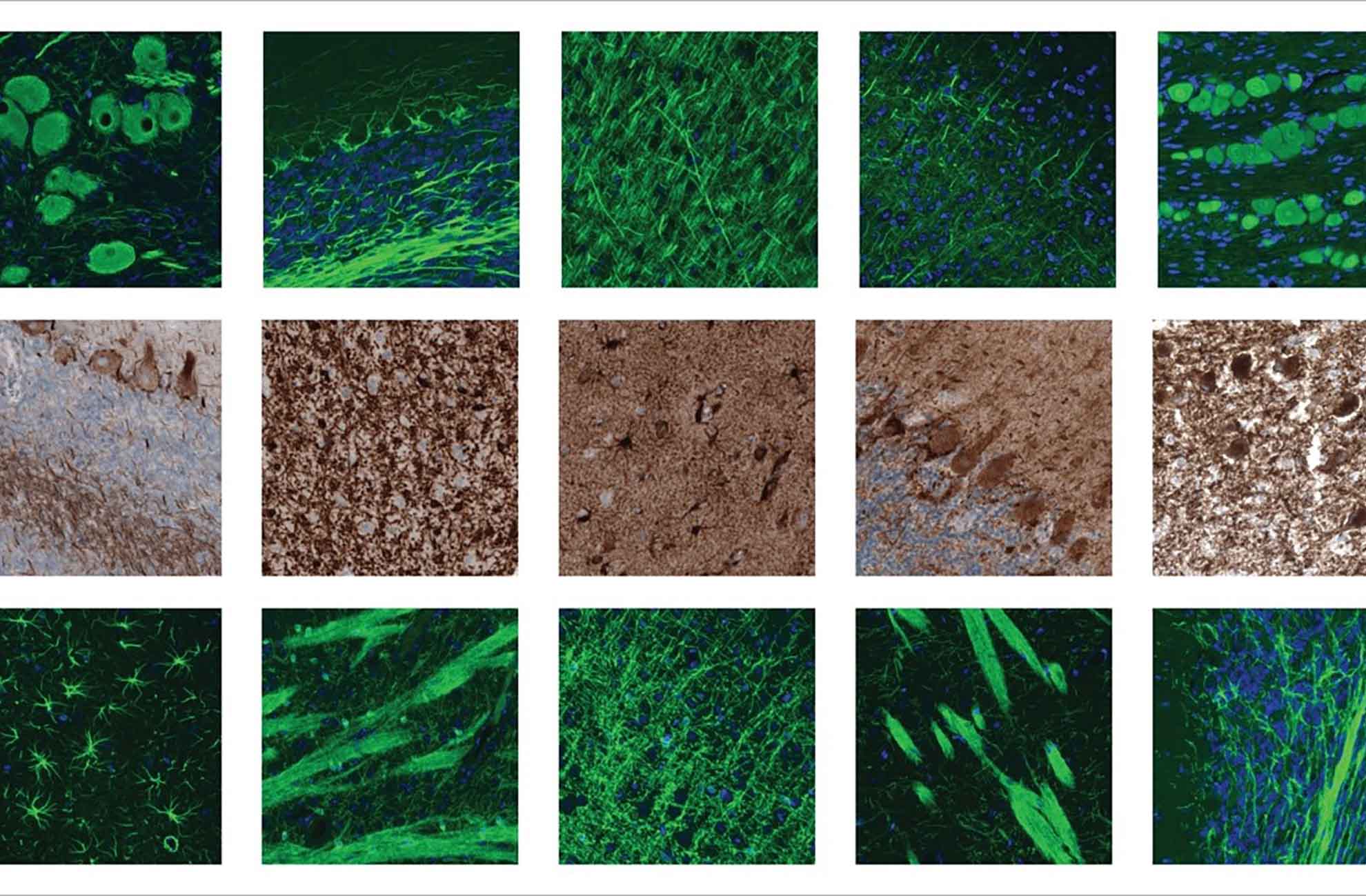17 October 2023
Unlocking cancer insights with antibodies targeting CD markers
Atlas Antibodies: Explore how CD markers advance cancer research, providing critical insights into cell populations and disease prognosis.
This news was updated in November 2024.
Importance CD markers
CD markers, or Cluster of Differentiation markers, play a critical role in neurobiology and cancer research by identifying and characterizing specific cell populations. These markers serve as a classification system for surface proteins on immune cells and various other cell types, with each CD marker assigned a unique identifier that relates to a specific protein or antigen.
Monitoring the expression profiles of different CD antigens allows the identification, isolation, and phenotyping of cell types according to their function in various immune processes.
In immunology, CD markers help distinguish different immune cell types, such as helper T cells (CD4+) and cytotoxic T cells (CD8+), providing insight into immune functions and disease mechanisms. This extensive catalog of markers on cells like B cells, dendritic cells, and monocytes allows for precise categorization and understanding of immune responses.
CD markers do not always correspond with specific biological functions, as many markers are multifunctional and expressed on various cell types. Ongoing research continues to uncover new roles and applications for CD markers, reflecting their complexity and adaptability.
CD markers, and the antibodies directed against them, are hence widely used in immune system research studies in human and animal models. These markers play a crucial role in cancer research by enabling researchers to identify and track specific cell populations infiltrating within tumors.
CD Markers in Cancer Research
In the realm of cancer research, primary antibodies targeting CD proteins have played a pivotal role in enhancing our understanding of human cancers, including hematological cancers like leukemia. These antibodies are central to the diagnosis of leukemia, as their abnormal expression patterns often serve as initial indicators of the disease.
In cancer research, CD markers are used to identify and isolate tumor cells from the surrounding normal tissue and to distinguish between different subtypes of cancer cells. They are also used to monitor treatment response and disease progression, as changes in the expression of certain CD markers can indicate tumor growth or regression.
For instance:
- CD34: Marks hematopoietic stem cells, often identifying undifferentiated cells in acute leukemia.
- CD19 and CD20: Present on B cells, distinguishing types like B-ALL and CLL.
- CD3: Associated with mature T cells, essential in diagnosing T-cell leukemias like T-ALL.
- CD13 and CD33: Common on myeloid cells, these markers help identify myeloid leukemias, including AML.
Other CD markers are prevalent across multiple cancers:
- CD44: A marker for cancer stem cells in breast, colon, and pancreatic cancers.
- CD326 (EpCAM): Detects epithelial cancers, including breast and colorectal cancers.
- CD99: Seen in Ewing’s sarcoma and some soft tissue tumors.
- CD138 (Syndecan-1): Used in diagnosing multiple myeloma.
- CD30 (TNFRSF8): Linked to Hodgkin lymphoma and certain non-Hodgkin lymphomas.
- CD3, CD4, and CD8: Help evaluate T lymphocytes in the tumor environment, holding prognostic value in various cancers.
Immunohistochemistry in Mapping CD Marker Localization in Cancer
Immunohistochemistry (IHC) is pivotal in identifying and localizing CD markers in cancer tissues, providing a powerful means to profile cell surface molecules within the complex architecture of tissue samples. Through IHC, we can assess the spatial distribution of CD markers in different tumor microenvironments, which is essential for understanding cell population heterogeneity, signaling pathways, and tumor immune evasion.
IHC’s specificity and versatility make it indispensable for translating molecular marker data into meaningful cellular insights, informing both diagnostic and therapeutic strategies across various cancer types.
Both monoclonal antibodies (providing specificity by binding to a single epitope), and polyclonal antibodies (targeting multiple epitopes, thus enhancing detection versatility), are essential for precisely identifying cell populations in complex diseases.

 Find products for your research
Find products for your research


